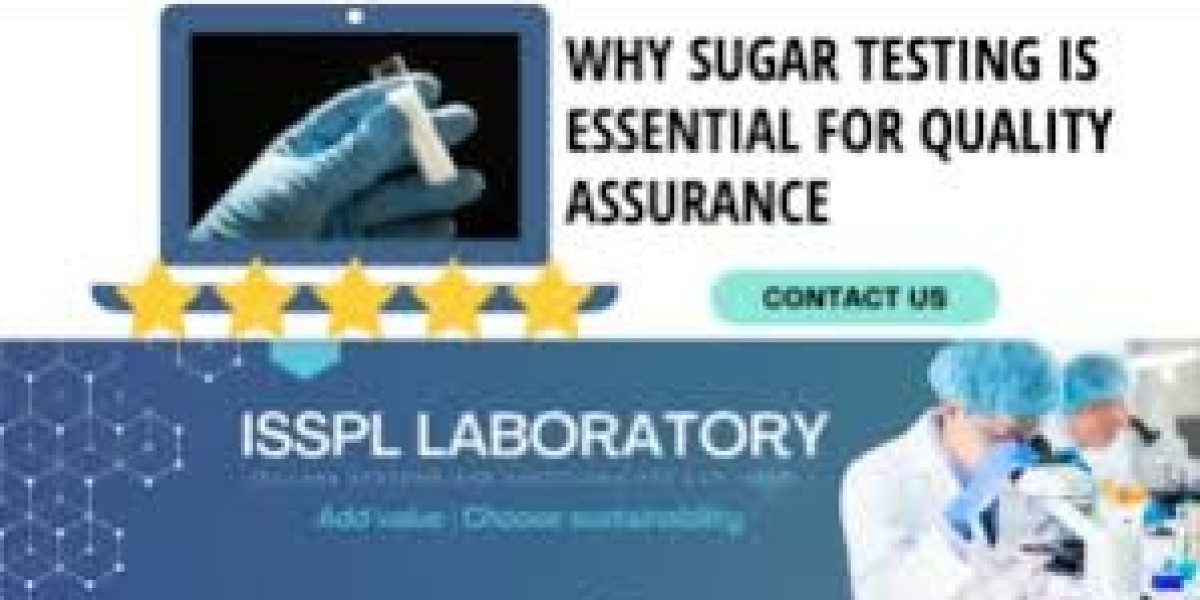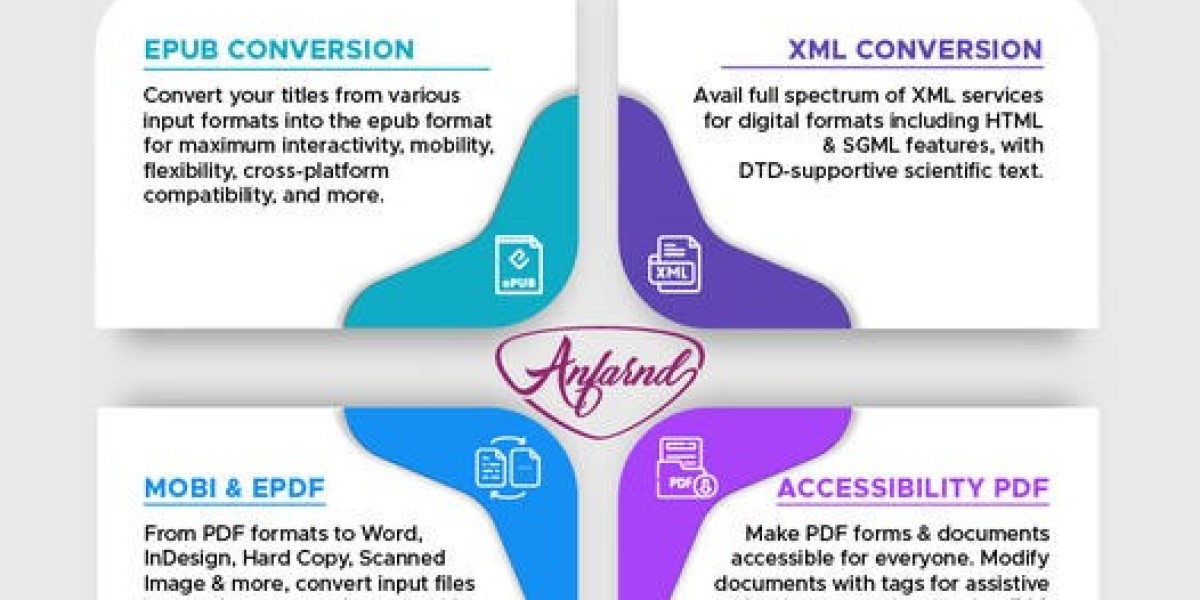The presence of antibiotic residues in food products, particularly those derived from animals, poses significant health risks to consumers and raises concerns among regulatory agencies. To address these issues, strict regulatory guidelines have been established globally to ensure the safety of food products and Antibiotic Residues Testing to protect public health. This article explores the key regulatory guidelines for antibiotic residue detection in the food industry, emphasizing their importance in maintaining food safety.
Importance of Monitoring Antibiotic Residues
Antibiotics are often used in livestock production to prevent disease and promote growth. However, their overuse can lead to the development of antibiotic-resistant bacteria, which can transfer to humans through the food supply. Consequently, regulatory bodies have established limits on the allowable levels of antibiotic residues in food products. These regulations aim to minimize the risks associated with antibiotic consumption and safeguard public health.
Key Regulatory Bodies
Several key organizations are responsible for setting and enforcing guidelines for antibiotic residue detection. In the United States, the Food and Drug Administration (FDA) and the U.S. Department of Agriculture (USDA) play vital roles in monitoring antibiotic use in food animals. Similarly, in Europe, the European Food Safety Authority (EFSA) sets standards for antibiotic residues in food products. These organizations collaborate with local governments, industry stakeholders, and researchers to develop effective regulations.
Maximum Residue Limits (MRLs)
One of the cornerstone components of regulatory guidelines is the establishment of Maximum Residue Limits (MRLs) for antibiotics. MRLs specify the maximum concentration of antibiotic residues legally permitted in food products. These limits are based on toxicological assessments and are designed to protect consumers from potential adverse health effects. Regular updates to MRLs reflect new scientific evidence and advancements in detection technologies, ensuring that regulations remain current and relevant.
Detection Methods
To comply with regulatory guidelines, the food industry must employ reliable and efficient detection methods for antibiotic residues. These methods should be rapid, selective, and sensitive, allowing for accurate testing of various food products. Common detection techniques include:
High-Performance Liquid Chromatography (HPLC): This method is widely used due to its ability to separate, identify, and quantify antibiotic residues effectively.
Mass Spectrometry (MS): Often coupled with HPLC, mass spectrometry provides highly sensitive detection of antibiotic residues, even at very low concentrations.
Enzyme-Linked Immunosorbent Assay (ELISA): This method offers a quick screening tool for detecting antibiotic residues and is often used in routine testing.
The selection of appropriate detection methods is crucial for ensuring compliance with regulatory standards and maintaining consumer confidence in food safety.
Quality Assurance and Compliance
Food industry stakeholders must implement quality assurance programs to ensure compliance with regulatory guidelines. This includes regular training for personnel, proper maintenance of testing equipment, and adherence to standard operating procedures (SOPs) for sampling and analysis. Regular audits and inspections by regulatory agencies help ensure that companies meet the required standards and implement corrective actions when necessary.
Conclusion
Regulatory guidelines for antibiotic residue detection in the food industry are essential for ensuring food safety and protecting public health. By establishing Maximum Residue Limits, employing effective detection methods, and maintaining compliance through quality assurance programs, the food industry can mitigate the risks associated with antibiotic residues. Ongoing collaboration between regulatory bodies, industry stakeholders, and researchers is crucial to adapt and enhance these guidelines, ultimately ensuring that consumers have access to safe and healthy food products.



